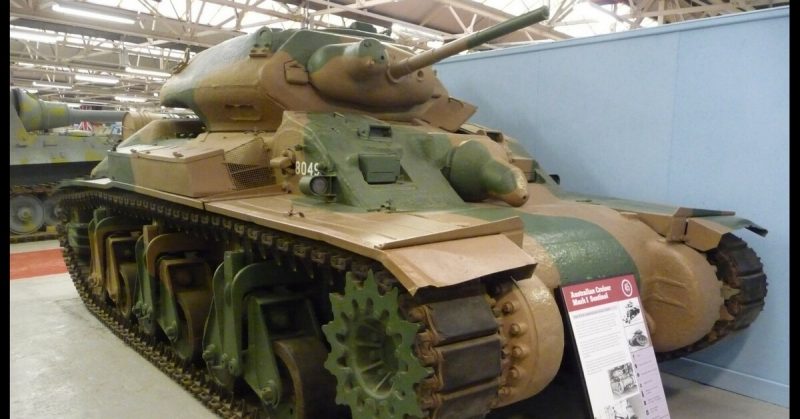The Australian tank industry is not something well-known to the wider public. The British Commonwealth country is famous for its military valor and engagement in both world wars. However, when it came to equipment, the Australians used the weapons provided by the British, and later the Americans.
The first Australian tank is the story of a potential type of tank which never entered regular service but was instead discarded, as the war in the Pacific dragged on.
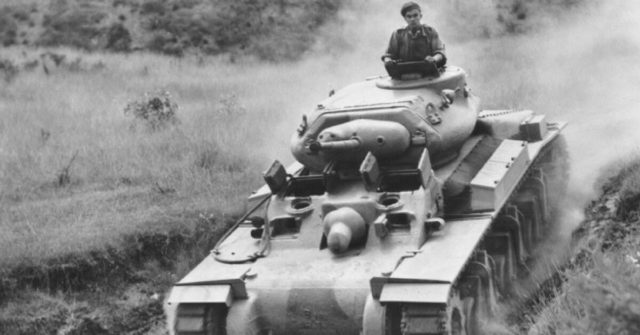
The AC1, later named the Sentinel, was caught up in an arms race that made all the difference between tanks produced early in WWII and those made in the final years of the conflict.
In 1940, Australia was watching the Japanese expansion in China carefully. Britain had entered the war against Germany a year earlier, and it was becoming apparent the Australians would have to prepare for a war against Japan, one of Germany’s closest allies.
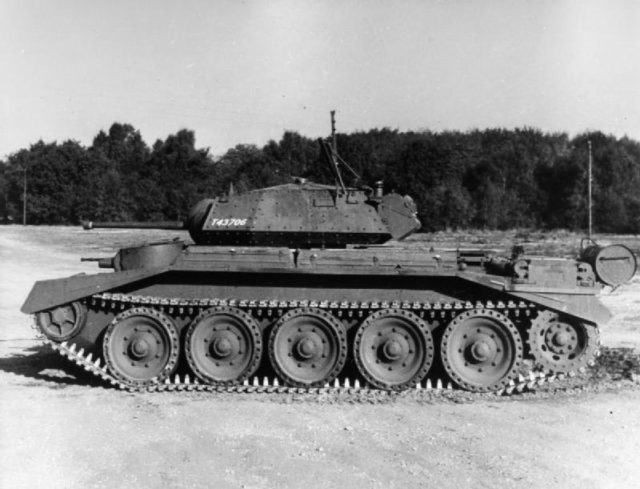
In November that year, the design for the Sentinel tank was put up for review. The tank was to follow the Cruiser tank concept, developing a balance between firepower and armor, and relying on agility and speed to win the day.
As it was the first time the Australian military was preparing to produce a tank, an advisor from Great Britain, Colonel W.D. Watson MC, was sent to supervise the project. Also, a team of Australian engineers went to the US, where they familiarized themselves with the American M3 design.
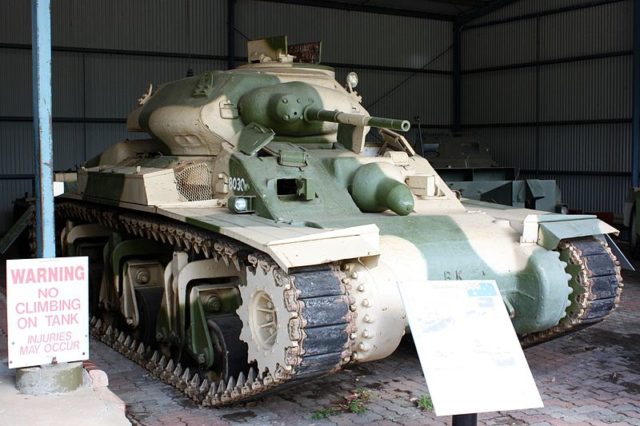
Inspiration was drawn from both the Americans and the British. The Sentinel tank was based on the engine, drive train, and lower hull of the M3 while using the upper hull and turret similar to the British Crusader tank. However, one crucial distinction was made ― the hull and the turret were cast as a single piece. Besides being the first Australian tank, the Sentinel was the first tank ever to apply such a concept.
The Sentinel carried a QF 2-pounder gun (40mm) and was intended to receive an upgrade to a 6-pounder (57 mm). The upgrade, however, was abandoned due to the arrival of the much needed American and British models, which completely surpassed the original design.
The 65 Sentinels that were produced in 1943 never entered combat but were used as props for a 1944 war movie entitled The Rats of Tobruk. The tanks were modified to resemble German panzers, as the film told the tale of the heroic defense of the Libyan town of Tobruk, in which many of the defenders were Australian.
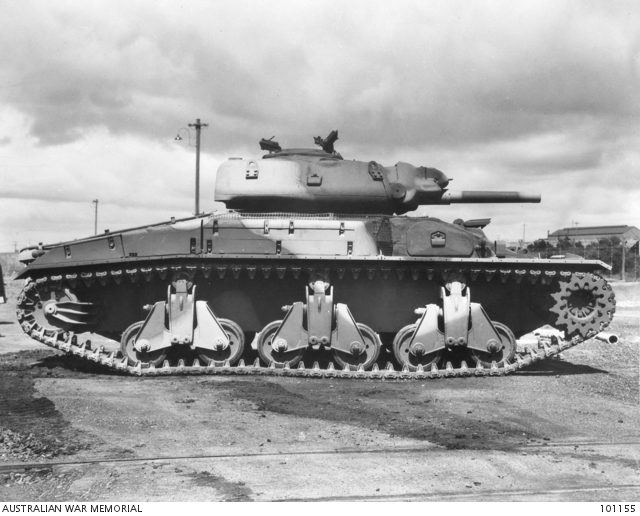
The Australians tried to improve their design by developing another project called the AC3 Thunderbolt, which was to provide better-armored protection, a more powerful engine, and more firepower. It used a 25-pounder gun (87 mm), which was a massive improvement compared to the limited capabilities of the 2-pounder.
With this firepower, the Australians could compete in the international theater of war. Unfortunately, it was too late to put the tank to use. The 150 units that were ordered by the army never went into production and the only Thunderbolt made was the prototype, which remains exhibited at the Australian War Memorial in Canberra.
